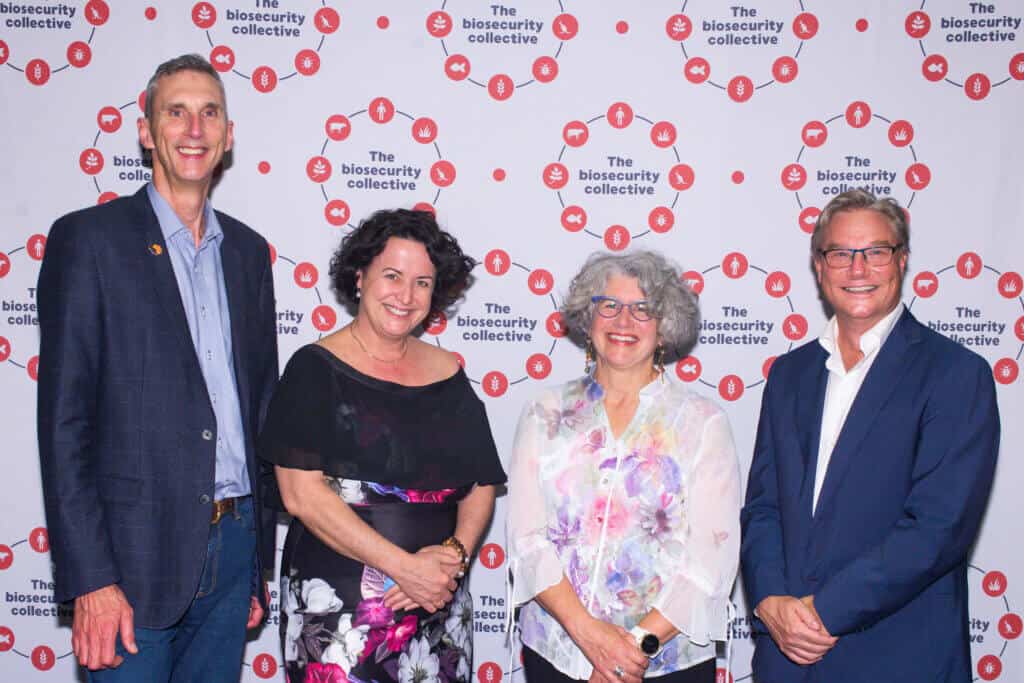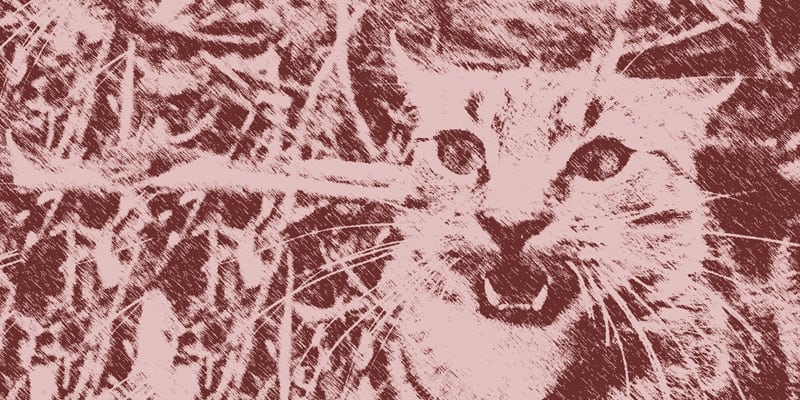In a speech to Federal Parliament, Labor’s shadow minister for agriculture, Joel Fitzgibbon, referred favourably to a meeting minutes earlier with Invasive Species Council CEO, Andrew Cox, arguing for an inquiry on recent biosecurity failures. He also suggested that there should be a federal Minister for Biosecurity.
Joel Fitzgibbon MP speaking to amendments to the Export Legislation Amendment Bill 2014 on 28 May, 2014:
…
In the short period I was agriculture minister, I often thought that the title of the ministry—and I still think it—would be better described, if biosecurity were part of that title, for example, as the ‘Minister for Agriculture and Biosecurity.’ I think, apart from those in this place who have been the minister, the shadow minister or had an intense interest in this area, including my good friend the member for Parkes—I know it is not Parkes—Calare; they keep changing the names, including the member for Calare—they appreciate that biosecurity is a very large part of the work of the agriculture minister in this place; and rightly so, given the complexities and the importance of biosecurity in keeping pests and disease out of this country. Imagine, if in this country, we had the sort of outbreaks we have seen in the UK and in Europe more broadly with foot-and-mouth and other diseases like BSE, and the outbreaks of BSE in northern America. These are critical matters for Australia’ agriculture and therefore the Australian economy.
I had a meeting just before I came done to make this contribution with the Invasive Species Council. I make no judgement at this stage on the merits of the case they put to me but they made some very, very important points which I am going to have a closer look at. They are calling for a Senate committee inquiry into Australia’s state of preparedness for new environmental invaders. Their concern is not predominantly for agriculture but for the natural environment. Of course, as the member for Calare would know, it is difficult to differentiate between the two, because the future of our agriculture sector is very much tied to the future of our natural environment. That is why in this place I have often expressed dismay at the government’s decision to exclude natural resource sustainability from its agricultural white paper.
I do not know how you properly prepare for the opportunities the Asian dining boom presents to us while not also asking how we are going to produce more food with the same level of land, water and people resources or, in some cases, depleting resources—and I am referring there to land resources and water resources, which are a real issue for this country. I do not know how you plan for agriculture without dealing with the state of those natural resources, including the impact of climate change.
The Invasive Species Council alerted me to the fact—and I was not so much aware of this when I was agriculture minister because they are probably more an issue for the environment minister—that since 2000 there have been multiple failures of environmental biosecurity, resulting in new extremely serious threats to biodiversity and putting increasing pressures on environmental and biosecurity budgets. They give a whole list of those from red imported fire ant, yellow crazy ant right down to myrtle rust.
They say there has been no parliamentary oversight of environmental biosecurity, no investigation of the factors that have led to repeat failures and no evidence of changes made to improve biosecurity processes. They also go on to say that, since 2000, there have been at least 18 Senate inquiries into specific biosecurity failures or perceived inadequacies, all initiated for industry reasons; just one had relevance to the natural environment. If those figures are correct, I think they make an important point about whether we are properly focusing on all of the issues that present risk for our natural environment and therefore the agriculture sector.
Again, I make no judgement about the issues they have put forward but I will certainly, having just come out of the meeting, have a look at what they have had to say and determine whether there is sufficient merit in their proposition to warrant a Senate or some other form of inquiry into the issues they raise.
As the Beale review points out, we can never hope to have a zero risk in our biosecurity system. It is impossible for an island country like Australia living in this part of the world, but we must strive to have the very best biosecurity system in the world, one that protects the clean, green, safe image I was talking about.




